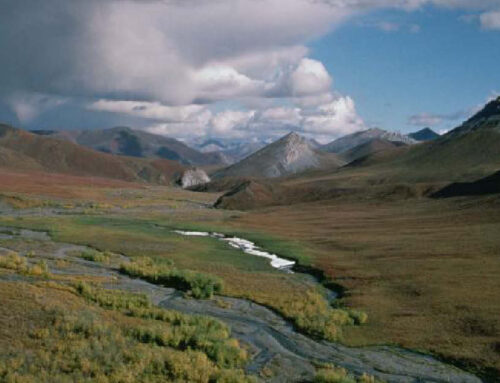On October 22nd, the Bureau of Land Management (BLM), under the Department of the Interior (DOI), held an auction for oil and gas leases on federal land in North Dakota. The sale offered 20 parcels, totaling 3,173 acres, all of which received bids and were leased. This was the 12th lease sale held by BLM in 2024 and the fourth in North Dakota this year
| State | Acres Offered | Acres Sold | % Acres Sold | Total Bid Revenue | Avg. Bid Per Acre | Avg. Bid Per Acre FY2016-2020 | Total Revenue |
| ND | 3,173 | 3,173 | 100% | $16,725,029 | $5,270.52 | $125.41 | $16,796,572 |
3,173 acres of federal land, all the parcels offered, were leased for oil and gas development at an average bid of $5,271/acre. This average bid is significant higher than the average bid per acre of $125 from FY2016 to FY2020, before Congress and Department of the Interior implemented important reforms that would help taxpayers get a fair return on federal land and the resources extracted from it. Only one parcel, the smallest offered today at 0.04 acres, was leased for the statutory minimum bid of $10/acre.
To date, the BLM has offered 53,000 acres of federal land for oil and gas development at auction and sold leases to more than 45,000 acres. These leases come with terms that reflect critical reforms enacted by Congress in 2022 and codified by the DOI in April, including:
- A federal onshore royalty rate of 16.67% (raised from 12.5% and now in line with state rates)
- Rental rates of $3/acre for the first 2 years, $5/acre for years 3-8, and no less than $15/acre for years 9-10 (raised from $1.50/acre for years 1-5 and $2/acre for years 5-9)
- Minimum legal bid of $10/acre (raised from $2/acre)
- Updates to bonding rates set in 1960 to better reflect market rates and protect taxpayers from future cleanup liabilities
- Directing leasing to appropriate locations, making sales more competitive
These reforms will better protect taxpayers from future reclamation costs and generate more revenue for federal and state taxpayers.
For decades, outdated and inadequate bonding minimums—the money oil and gas operators are required to pay up front to ensure the cleanup of their wells is paid for when they are done producing—had failed to cover estimated cleanup costs and left taxpayers shouldering the costs of reclaiming orphaned wells. At the end of FY2022, there were 2,931 producing oil and gas wells on federal lands in North Dakota. Using average reclamation costs in the state, TCS estimates that these active wells may have been under-bonded by $433 million. Recent bonding reforms will help ensure these potential future costs do not fall to taxpayers.
Taxpayers have also left billions of dollars in potential revenue on the table due to below market fees, particularly in states with significant oil and gas production like North Dakota. If the current royalty rate of 16.7%—instead of the old, outdated rate of 12.5%—had been applied to oil and gas produced on federal lands in North Dakota from FY2013 to FY2022, taxpayers would have received an additional $1.2 billion in revenue.
Recent reforms to the federal onshore oil and gas leasing system are an important step in securing a fair return for taxpayers and ensuring we are not left with long-term liabilities.











Get Social